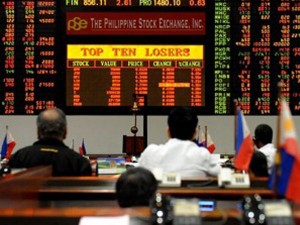The Philippine Sugar Regulatory Administration (SRA) has issued a new sugar order allowing traders to divert sugar meant for local consumption to the export market in order to ease the oversupply in the domestic market.
SRA Administrator Ma. Regina Bautista-Martin said in a phone interview that traders would return the equivalent volume taken from category “B” stock, or the sugar earmarked for local consumption, when milling starts in the next crop year, hence the term “swap.”
Ms. Martin said that initially, about 100,000 tons of category “B” sugar could be allotted for export to the world market. This will be on top of the sugar for shipment to the United States, called category “A” sugar.
The United States Trade Representative Office (USTR) has ordered an additional 60,000 metric tons of sugar on top of the regular yearly quota of 136,000 tons. No further orders have been made as the United States is also expecting a bumper harvest of sugar cane and sugar beets this fiscal year, which ends on August 31.
“We’ll let market forces to play as part of a fair trade. That’s why we did not put a cap as to how much we are going to sell to the world market. We are hoping to hit higher volume for export, but it will still depend on the demand,” Martin said.
Aside from the world market, Martin said local industries—particularly food producers and exporters—could also avail themselves of the “B” sugar to secure their supply of the commodity as long as they would use the sugar for export products.
In issuing Sugar Order No. 11, the SRA said traders could submit applications, including the desired volume to be exported, until July 15.
Based on the latest estimates, the country’s sugar production has already hit 2.3 million tons, exceeding domestic requirement of 2.2 million MT this year. It is also higher than the previous forecast of 1.96 million MT for the crop year ending August 2011.
Martin also said the SRA expected production output to further increase as four out of the 30 milling facilities area are still operational until end of July.
The Philippines has four classifications of sugar: “A” for the US market, which the Philippine sugar industry prefers because of the premium price; “B” sugar for domestic use, which takes up about 90 percent of the country’s sugar inventory; category “C,” which is reserved sugar; and “D,” which is for export to the world market.


